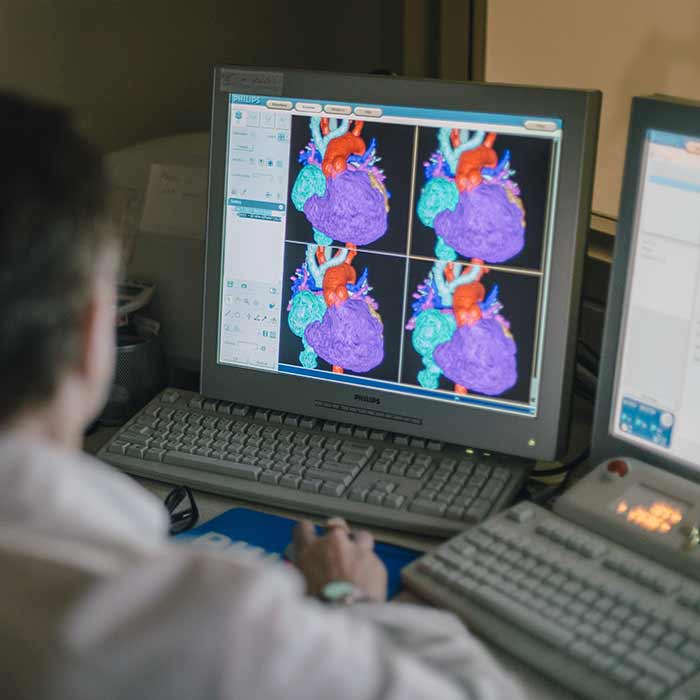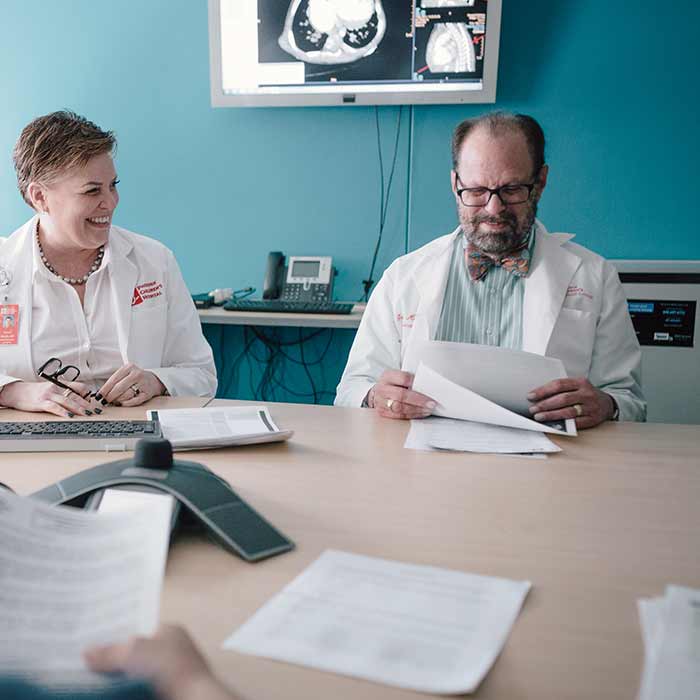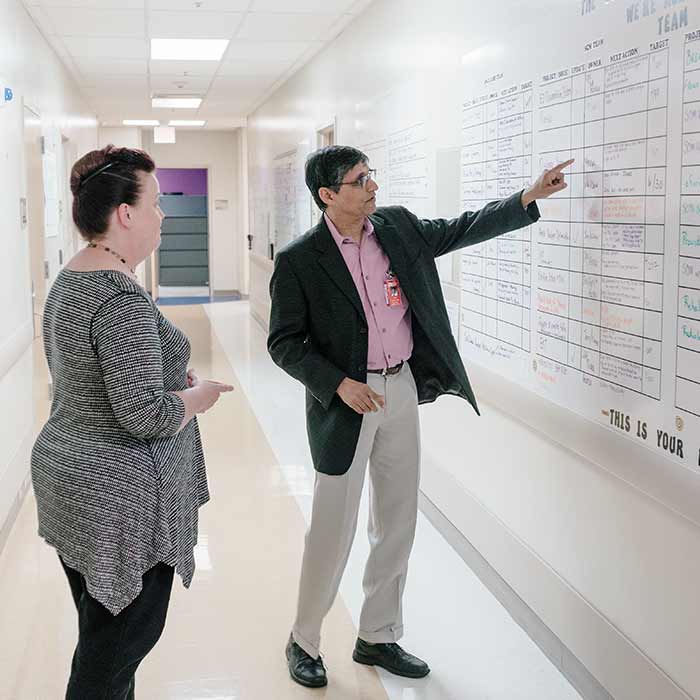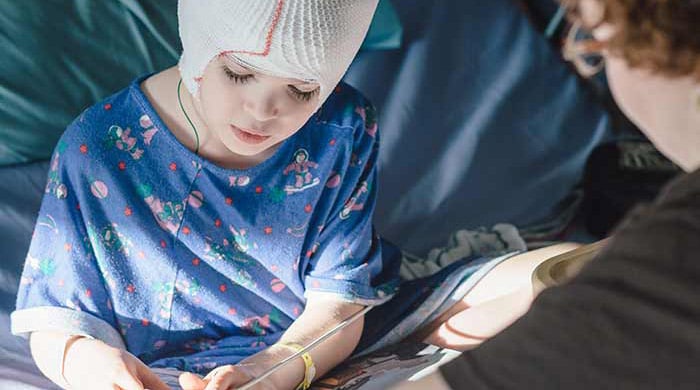
No bounds. Better healthcare.
Using real-time data to advance pediatric care
Improving operational efficiency and decision-making with data
From the approximately 46 free-standing children’s hospitals in the US1, many organizations have long operational histories, embedded systems and ways of working which date back decades. As a younger hospital, Phoenix Children’s Hospital is more nimble: it isn’t weighed down by complex legacy systems of the past. Instead it is rapidly adopting and adapting technology in new ways to benefit its patients and shape its future as it grows. “Our people are very entrepreneurial and are always trying new things… so fundamentally we’re still seeking out the personality of the hospital as we move forward,” says David Higginson, Chief Information Officer at Phoenix Children’s Hospital. Phoenix Children’s strategic technology vision hinges on one thing: data. By embracing innovation and technology the hospital uses data to solve problems, finding new ways to improve its operational efficiency and benefit its patients, whether that is through advanced diagnostic imaging, the use of data lakes and repositories, or harnessing real-time data to monitor critical clinical indicators such as hospital re-admissions.
Quality through real-time data
The hospital’s Quality Department is pioneering new ways to efficiently care for patients and move away from operating "reactively". In the past, improving methods of patient diagnosis and treatment relied on lengthy processes of reviewing and analyzing medical records, charts and reports in order to discover new ways to treat patients more effectively. Now, Phoenix Children’s is collecting data from all corners of the organization and speeding up decision-making, using data to reduce the difference between the time it takes to do the analysis and the time it takes to recommend and execute a course of action. “What would happen is that an opportunity to improve care given would present itself and a clinician would review relevant medical records from the past, they would sample data and draw some conclusion and decide that was the way forward,” says Mr. Higginson. “It was always retrospective and it was always reactive.” “We have re-invented our quality department so that the analysis and review is much more real-time… we focus all of our attention on gathering data from all of the points around the hospital in real time and putting that data together, even if it comes from a disparate set of systems… and then making a quicker, faster, better decision and, most importantly, executing it in real time,” he says. “To me the worst thing that can happen is to spend all this time collecting great data and then not doing anything effective with it.”
An impact on every life
Shortening the time from analysis to action through better use of data has helped the hospital to be more efficient and use its resources effectively. Children’s hospitals are reimbursed through federal programs such as Medicaid – so care has to be cost-effective and each dollar spent has to go towards something that is productive. Phoenix Children’s relies heavily on this assistance, as the hospital covers care for families who cannot afford it. With this support, the organization must demonstrate how it continues to improve patient care and experience. One example where Phoenix Children’s has used real-time data is in readmissions monitoring, and educating physicians about what is happening when a patient is readmitted. Previously, a physician would not immediately know when a patient had been re-admitted, but now through an automated process, they are emailed within 2 hours of a re-admission. The physician is given information about the patient, what his or her symptoms were the last time he or she was admitted, and what the issue is this time. “It isn’t always going to completely prevent a clinical issue, but it is an example of the real-time use of information versus a physician being unaware of important information,” says Mr. Higginson. “In healthcare we are still learning how to make the best use of all the data we now have – for the last 10 years we’ve been focused on just collecting it in an electronic format.” The enterprise data warehouse the hospital built in 2012 in less than three months allows more than 1,000 daily users to get real-time data from 60 different healthcare systems. “We’ve done a lot of work around data aggregation and learning to harvest that data and use it all very rapidly to make decisions,” says Mr. Higginson. “We are always focused on producing something that has a chance of making an impact on a child’s life and doing things in the most efficient way possible.”
Partnering to "raise all boats"
Pediatrics has a lot of nuances and complexity compared to an adult hospital and Mr. Higginson says a deep, working relationship with a strategic partner is essential. About 10 years ago Phoenix Children’s Hospital began a long-term relationship with Philips that expanded in early 2017 to become a long-term strategic partnership, collaborating to identify and implement imaging solutions and broadening into patient monitoring, clinical informatics, and a comprehensive range of clinical and business consulting services. In part, the difference in the pediatric market means Phoenix Children’s looks for commercial maturity and an overarching goal from its technology supplier "beyond transactional thinking", looking at pediatric care and understanding it as an investment in the future of the broader healthcare system. “The way that children are cared for can affect the adult world, and having a broad and global view means Philips can see the world for all of its parts, not just as one particular market,” says Mr. Higginson. One of the aspects of the long-term partnership is to "raise all boats" to the same level as Phoenix Children’s diagnostic imaging, to better leverage monitoring and clinical informatics, and to work together to improve pediatric patient care. “As time goes on, we get to a point where each partner can trust each other to have exactly the same goals and working together becomes less about a sale and more about helping the patient,” Mr. Higginson says. “We can understand what the other wants out of the relationship. We’ve moved into this collaborative space with Philips and it has helped us move so much faster.” That also has supported Phoenix Children’s drive to define themselves as innovative, forward-looking specialists in pediatric care. “We actually want to do things with technology that are going to make an impact on a child’s life,” Mr. Higginson adds. “We’re not really tied up in the baggage of the past… what we’re doing now is we’re writing our future and the future of care of the children of Arizona.”
See how Phoenix Children's Hospital is
Erasing boundaries in pediatric radiology
To me the worst thing that can happen is to spend all this time collecting great data and then not doing anything effective with it.”
Chief Information Officer at Phoenix
David Higginson
Children's Hospital




Advanced visualization with Philips IntelliSpace Portal
No bounds.
Better healthcare.
There's always a way to make life better.

DISCLAIMER: FOOTNOTES:
Results are specific to the institution where they were obtained and may not reflect the results achievable at other institutions.
1 Children's Hospital Association

